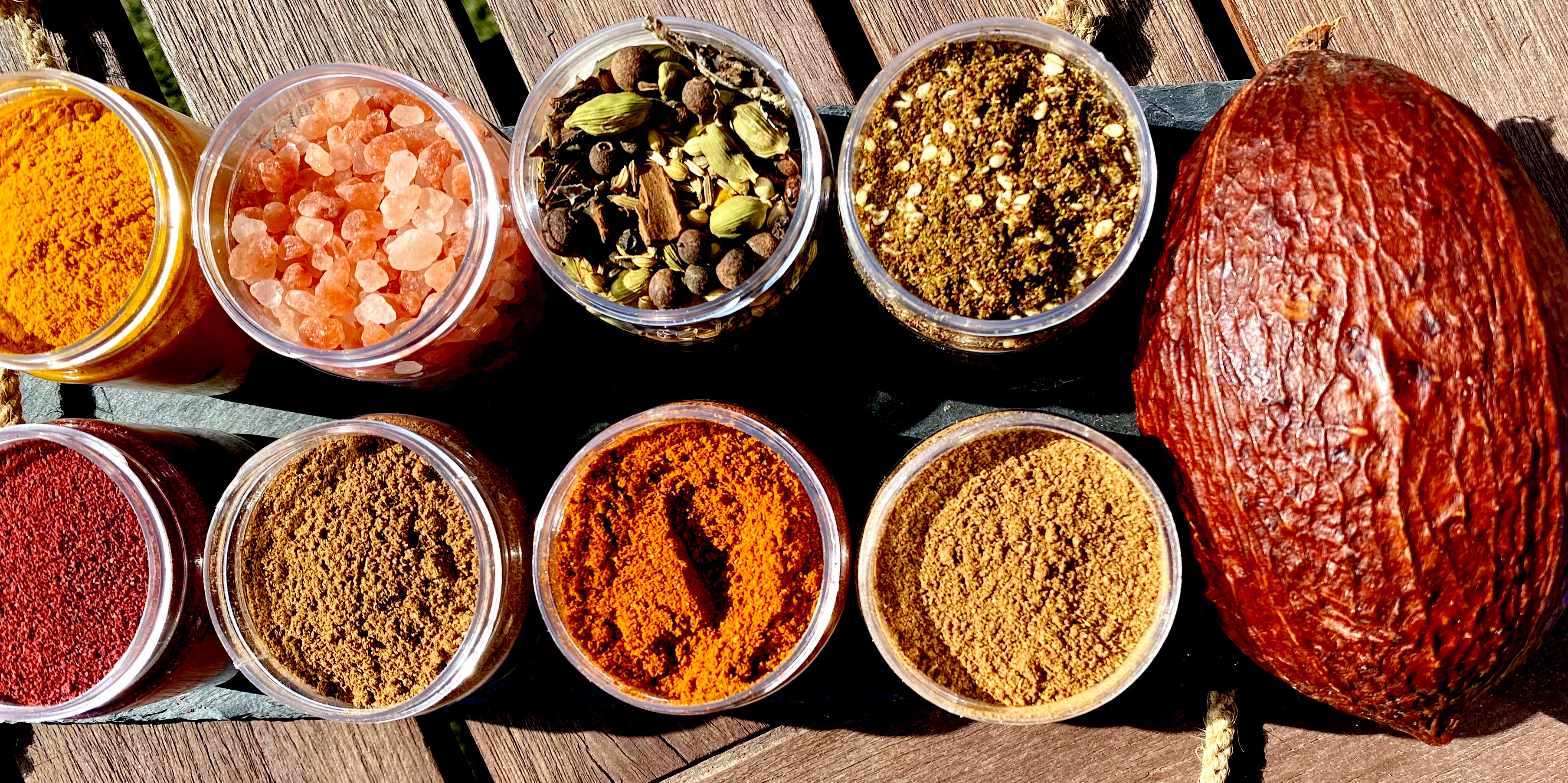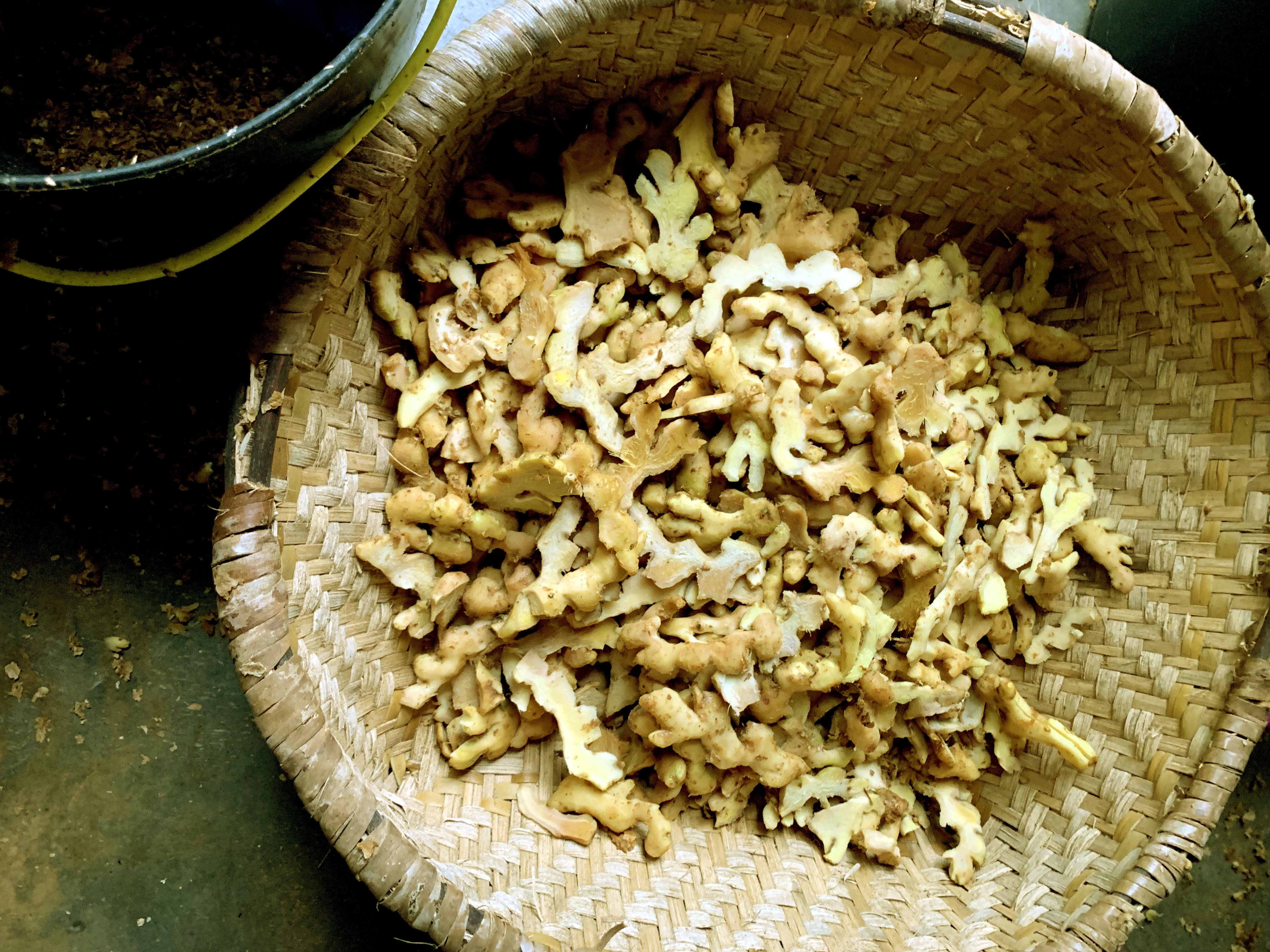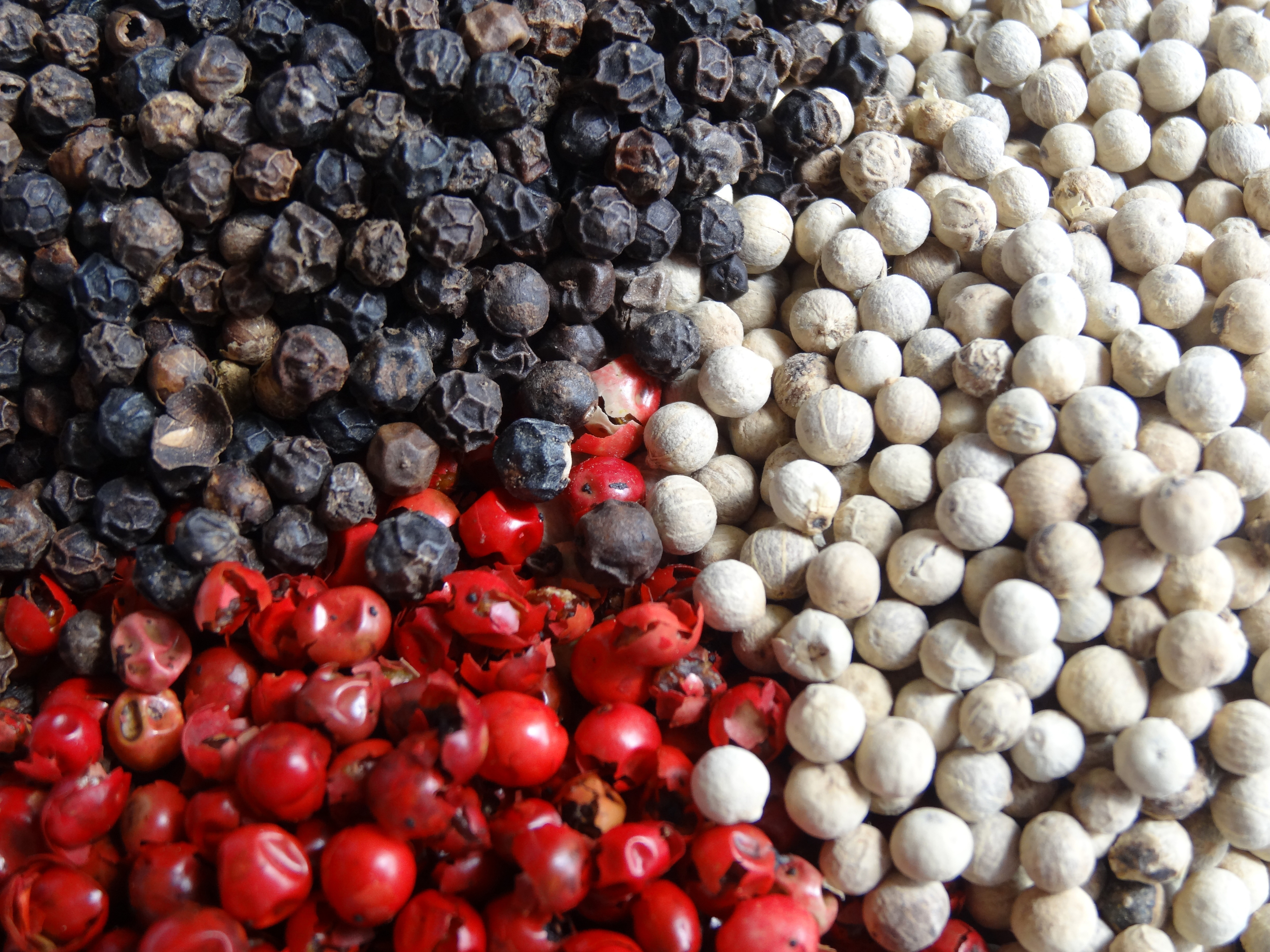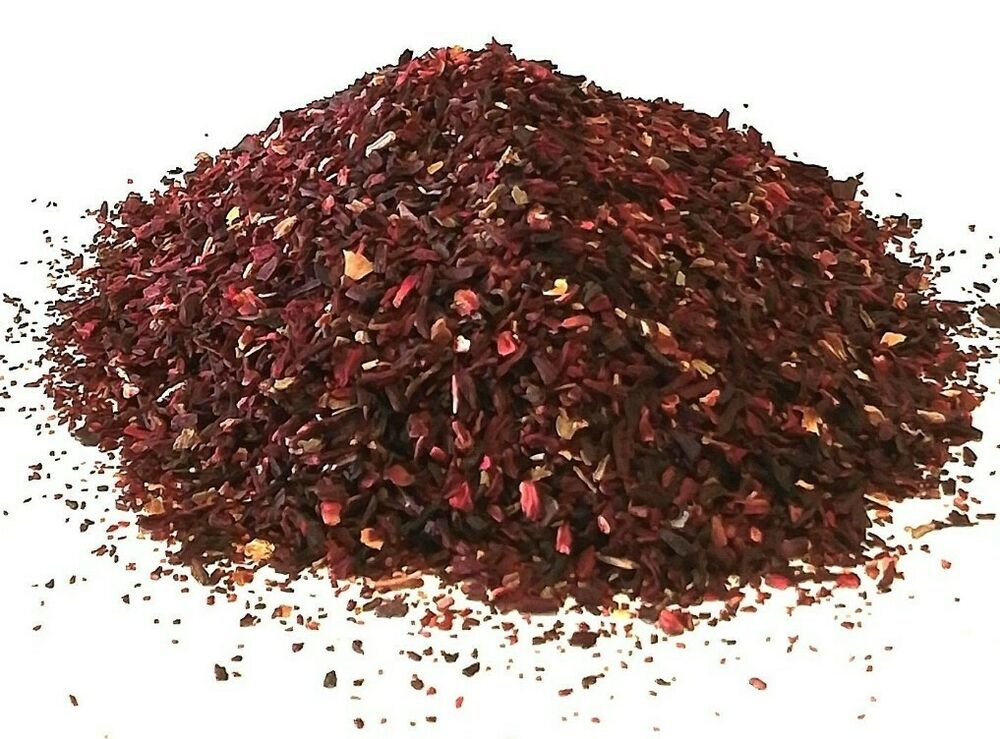 while in Dubai leading some chocolate safari activities with a couple of chef friends I was asked if salt is a spice? we had a long debate, and came up with this.
while in Dubai leading some chocolate safari activities with a couple of chef friends I was asked if salt is a spice? we had a long debate, and came up with this.
Spices are plant parts that are more densely loaded with flavour than most other ingredients used in cooking.
Whereas herbs always come from leafy parts, spices tend to derive from seeds, fruits, roots, stems, flowers, or bark, and are usually dried.
That said, some strongly flavoured leaves, such as bay and curry leaf, can be considered spices because they are used more as a potent background flavouring than as a fresh addition. and of course roots and barks are also spices.
Chemical stores
Spices have been valued throughout history, wars have been fought over them in religious ceremonies performed and medicine admininstered before we mentionthier use in cooking.
Science has shown us that these once-mystical plant parts are in fact the carrier of chemicals known as flavour (or aroma) compounds, generated to help plants protect,survive and reproduce, pfulfilling the roles of roles such as repelling animals or protecting against bacteria. By happy coincidence, many of these compounds have aromas that we like.
Stems
The stem of a plant distributes water and sugars to where they are needed. Few spices derive from stems: lemongrass is the stalk of a tropical grass and little-known mastic is the dried resin collected from lentisk trees; more famously, cinnamon and cassia are dried pieces of inner and outer bark, respectively, of Cinnamomum trees.
 Roots And Underground Stores
Roots And Underground Stores
Roots are a plant’s lifeline to water and nutrients, and rhizomes, corms, and bulbs are storage chambers with the ability to produce new shoots and roots. Liquorice comes from dried roots and asafoetida is derived from dried root sap. Turmeric, ginger, galangal, and garlic are all examples of underground stores
Fruits
The seeds of flowering plants are contained in fruits. Many have evolved to be sugar-rich so that they make an appealing meal for animals, who thereby distribute the seeds over a wide area. Numerous spices are derived from fruits, including allspice, sumac, vanilla, and chillies. Several “seed” spices are technically fruits, including dill and ajwain.
 Seeds
Seeds
The majority of spices are seeds; think of cumin, cardamom, mustard, and fenugreek, or less obviously nutmeg, which is a seed kernel. It is little wonder that plants frequently concentrate their strongest-tasting defensive chemicals in seeds, since these are the precious packets of new life that will sprout into the next generation of plants.
 Flowers
Flowers
Lots of flowers are used for their pleasant aromas like ylang ylang, which have evolved to attract insects to pollinating the flower as they do so.
Only a few are strong enough flavours to be considered a spice, most famously saffron, whose red strands are pollen-receiving female sex parts (stigmas) of a crocus flower. Another notable flower spice, it may be surprising to discover, is clove.
